Quarries and Nature: Celebrating a 50 year success story
A twite at Dove Holes Quarry in Derbyshire | Credit: Tim Melling
Across all corners of the UK, restored quarries are playing their part on biodiversity enhancement and wildlife protection.
The Environment Act provides for new targets to be set including for species abundance and nature recovery, and will put greater expectations on businesses to manage and minimise their environmental impact. Businesses in all sectors will have to contribute to meeting these targets and delivering a healthier natural environment.
Meanwhile, the British quarrying industry has been delivering biodiversity enhancement for more than five decades, through responsible quarry restoration as well as world-class management of quarries in use. The Mineral Products Association, which represents 90% of the industry, recently published Quarries & Nature – a 50 year success story to showcase the incredible array of wildlife that has made its home in former quarries that have been carefully restored.
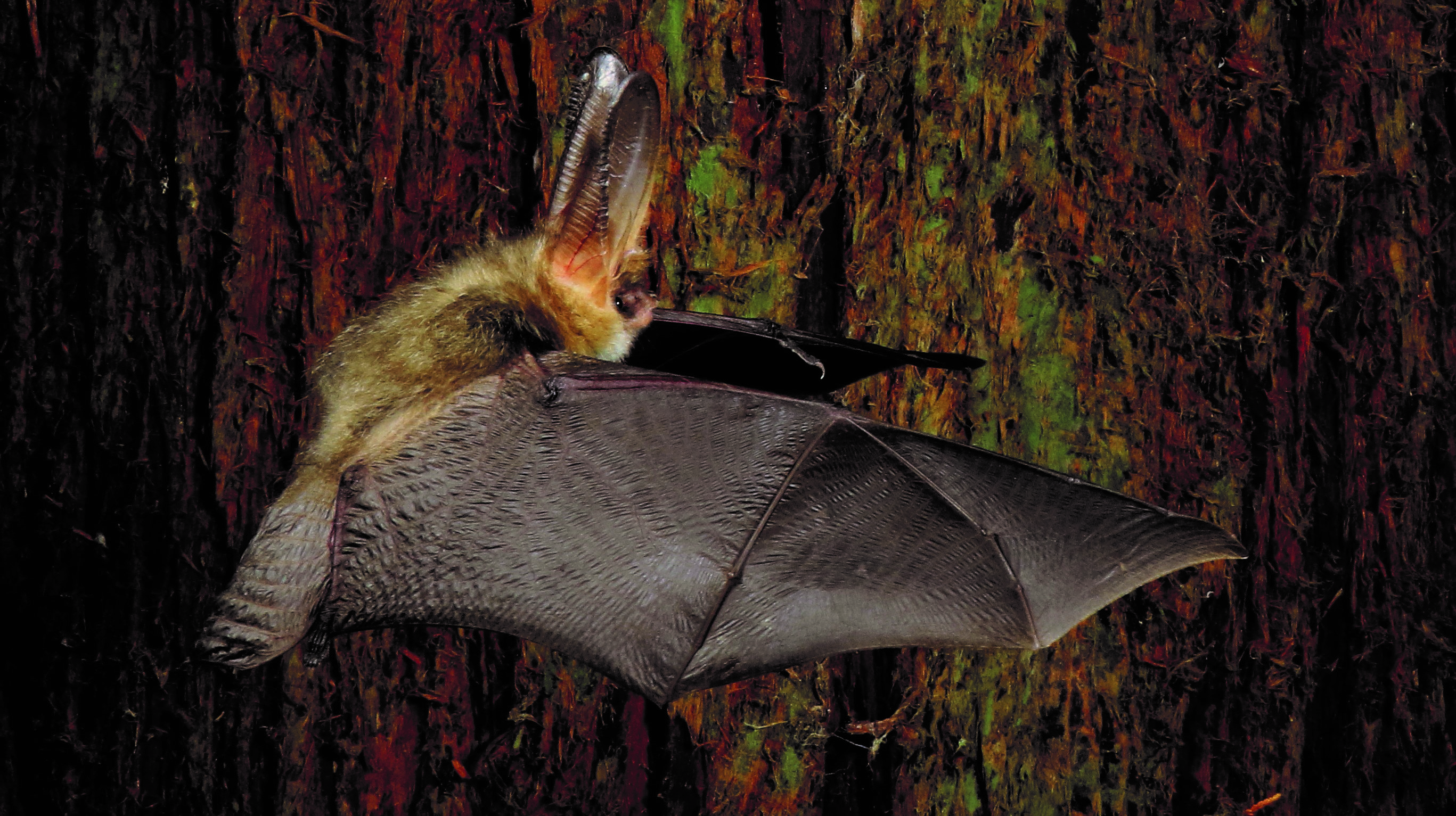
Brown long-eared bat | (Devon Wildlife Trust), Sourton Quarry Nature Reserve, Devon | by John J Kaczanow
Most of the stunning images in the new book have been drawn from the hundreds of entries into the MPA’s Nature Photo Competition over recent years from employees of quarrying companies and volunteers of conservation organisations which often manage restored sites.
Publication of the Quarries & Nature brochure follows the premiere of a special 50th anniversary documentary film which celebrates the vast and unique contribution of restored quarries to UK nature over the past 50 years. In the film, leading conservationists from Natural England, RSPB, The Wildlife Trusts and other organisations explicitly recognise quarrying’s critical role in nature recovery during the past half-century.
While the restoration of quarries to benefit biodiversity predates the Environment Act, under the new regime new developments such as housing and infrastructure, but also quarries, will have to demonstrate that they will deliver a 10% increase in biodiversity – a ‘net gain’.
In many cases in the past, and in plans to come, quarries are proven to significantly exceed a 10% net gain over their lifetime, with imaginative restoration schemes leaving a legacy that’s far richer in species than before quarrying began. As a result, over 80 sq km of priority habitat has been created to date with at least another 110 sq km guaranteed and in the pipeline. Restored quarries often provide great public access to nature as well – indeed, many of the country’s most popular country parks and nature reserves were created through mineral extraction (not that you’d know it today!).
There are challenges applying the new net gain requirements to mineral extraction, including the timescale over which the gains are measured and the fact that quarries are a temporary use of land. For this reason, the implementation of biodiversity net gain legislation must properly reflect the unique characteristics of, as well as the unique opportunities presented by, mineral development
As can be seen at the restored sites in the Quarries & Nature publication, there is huge potential for quarries to play an active role in nature recovery once their working life is complete. Below is a selection of restored quarries featured in the report which are making a valuable contribution to biodiversity enhancement across the UK.
Cloddach, Moray
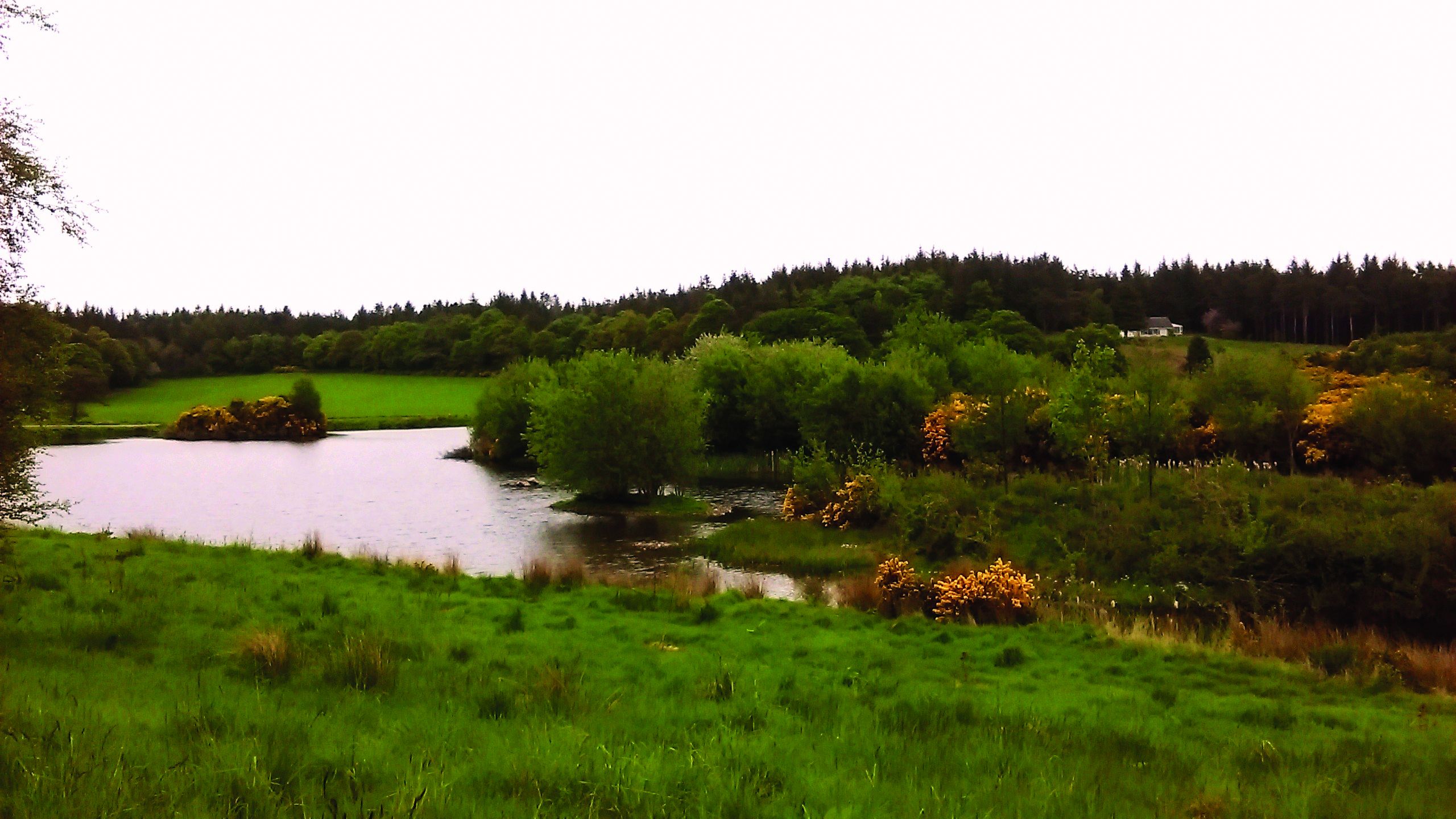
Pomeroy Sand and Gravel Quarry, County Tyrone

Ripon City Wetlands, North Yorkshire
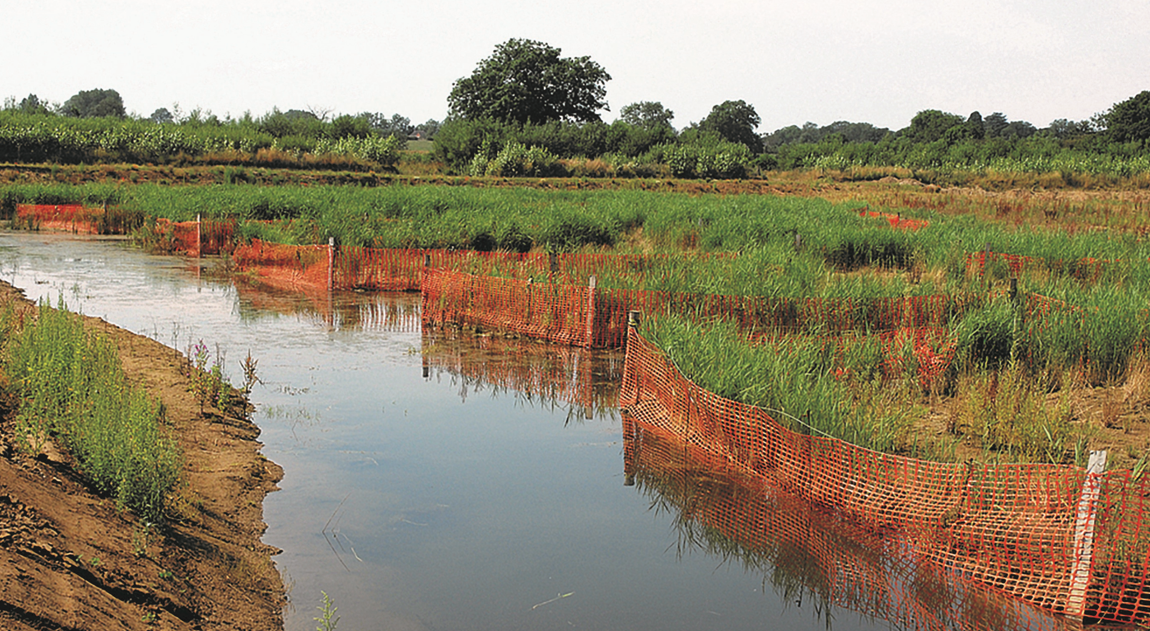
Middleton Hall Quarry, Warwickshire
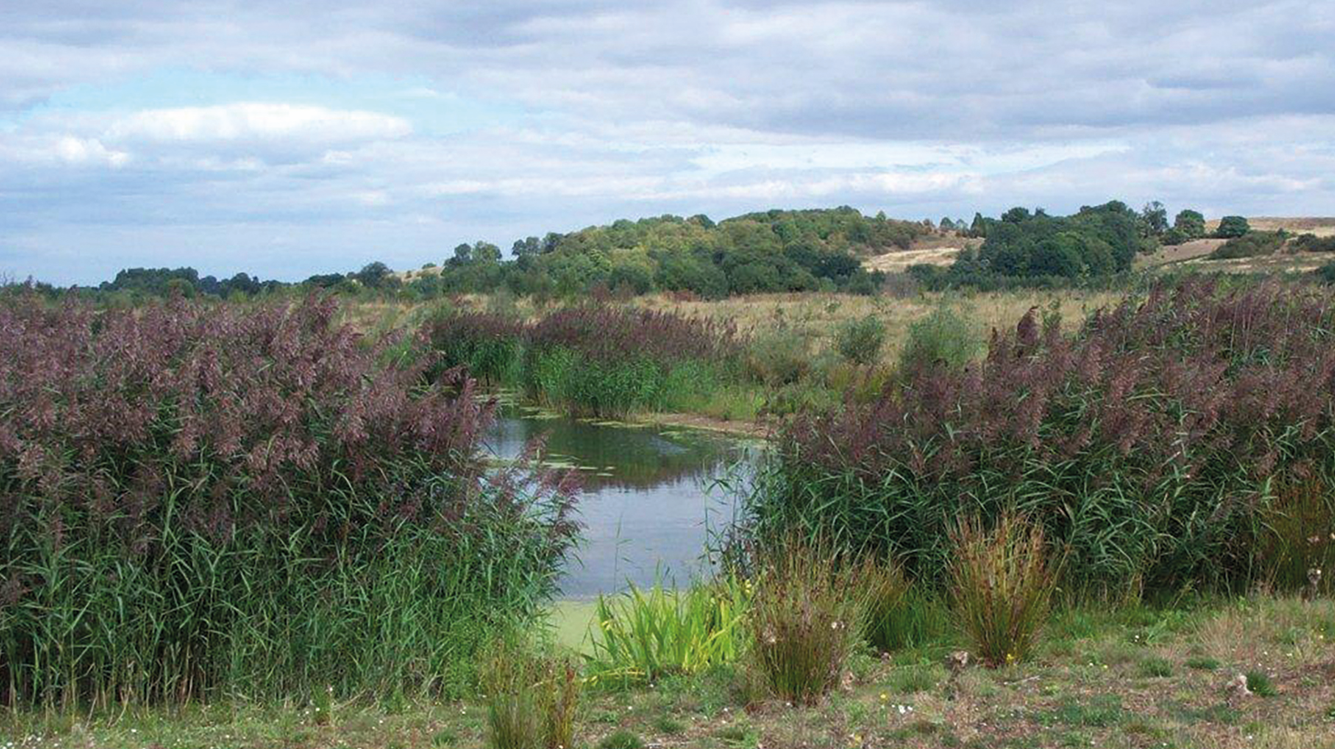
Workhouse Quarry, Kent
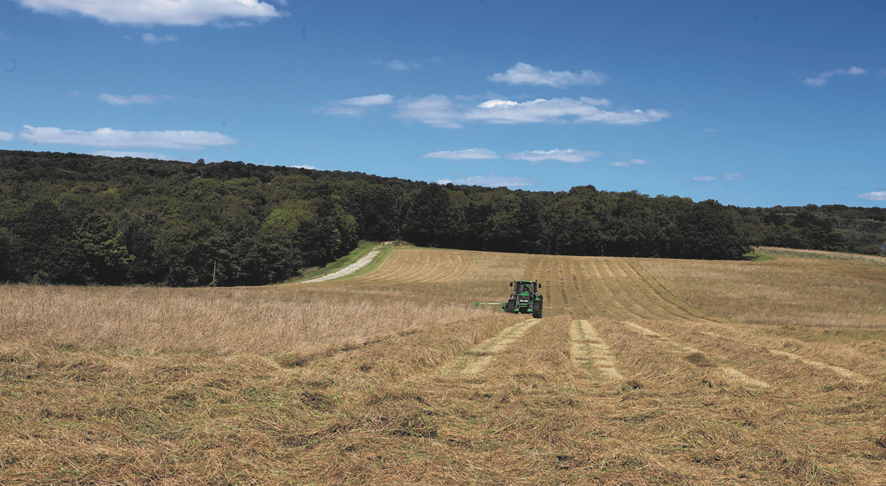
Nigel Jackson, Chief Executive of MPA, said: “The quarrying industry has done more than any other sector to support habitat creation and nature recovery... That includes the creation of new wetlands, grasslands, heathlands and woodlands proven to support some of the UK’s most vulnerable species. I am proud of what the industry achieves, not just providing essential materials that underpin our economy and way of life, but also going above and beyond to deliver for nature.”
